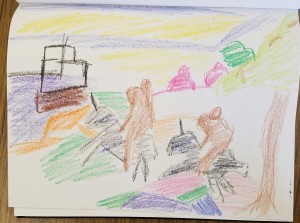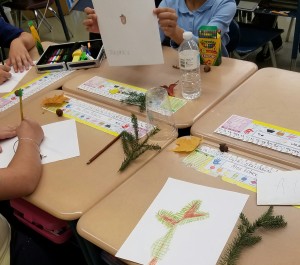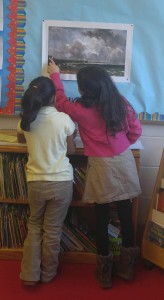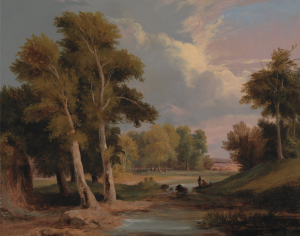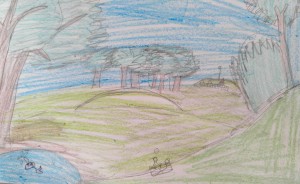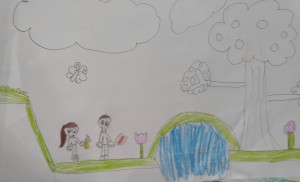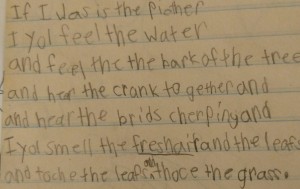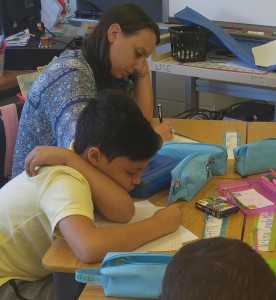
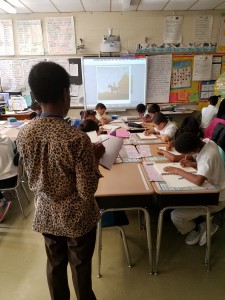

This year, the teachers at the Read School in Bridgeport actively engaged in the the Visual Literacy partnership with the Yale Center for British Art. As teachers, we all know how hard it is to let go of the management role…and sometimes it is simply not possible, especially if the students require oversight and assistance. However, whenever possible, the teachers at Read participates in the process of discussing, drawing, and writing with their students. The effect has been powerful: the students take themselves and their creative work much more seriously, and are eager to work alongside their teachers. As a result, less oversight is needed and the role of task-manager becomes a background job in many instances, which is a welcome relief for teachers especially.
In the Fall, when sketch journals were introduced to the students, the teachers began using theirs also. I find that adults are much more nervous about sharing their drawings and writing than the kids, so it sometimes takes courage for the teachers to share their journal entries with their students. But the message the teachers send when they do this is that challenging ourselves, taking risks, and improving our skills is a lifelong journey.
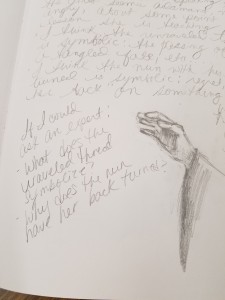
Ms. Scali, a fourth grade teacher who came to the Summer Teacher Institute at YCBA last year (http://britishart.yale.edu/education/k-12-and-teachers), shared her journal pages with her students, explaining that there are times when she is proud of her drawings and other times when she is not as happy with how they turned out. But she said, “I never tear out my pages because I always learn from all my work, no matter what.” As a result her kids use their own sketchbooks with pride and care.
When the time came to visit the Yale Center for British Art, the parent chaperones were given their own journals, and asked to participate along with the students. During those trips, one of the biggest impacts was the strengthening of their community of artists/writers/thinkers, and the inclusion of more adults into their creative world.
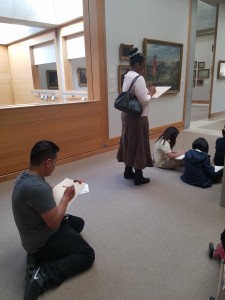
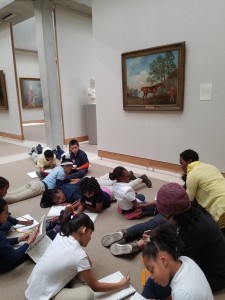
At the Read School, parents and students and teachers alike work alongside each other, sketching, writing, and sharing their thoughts. This gives them the powerful understanding that there are many ways to see the same thing. Working together across generations, combats rigid thinking, exercises empathy, and generally opens our eyes to one another. And we all need more of that.
